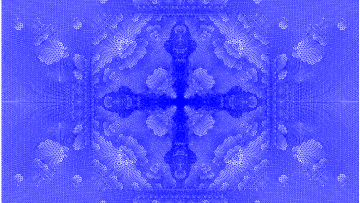12:45
4d Chern-Simons theory and the Bethe/gauge correspondence for superspin chains
Abstract
I will discuss a string theory perspective on the Bethe/Gauge correspondence for the XXX superspin chain. I explain how to realize 4d Chern-Simons theory with gauge supergroup using branes, and how the brane configurations for the superspin chain get mapped to 2d N = (2,2) quiver gauge theories proposed by Nekrasov. This is based on my ongoing work with Nafiz Ishtiaque, Faroogh Moosavian and Surya Raghavendran.


